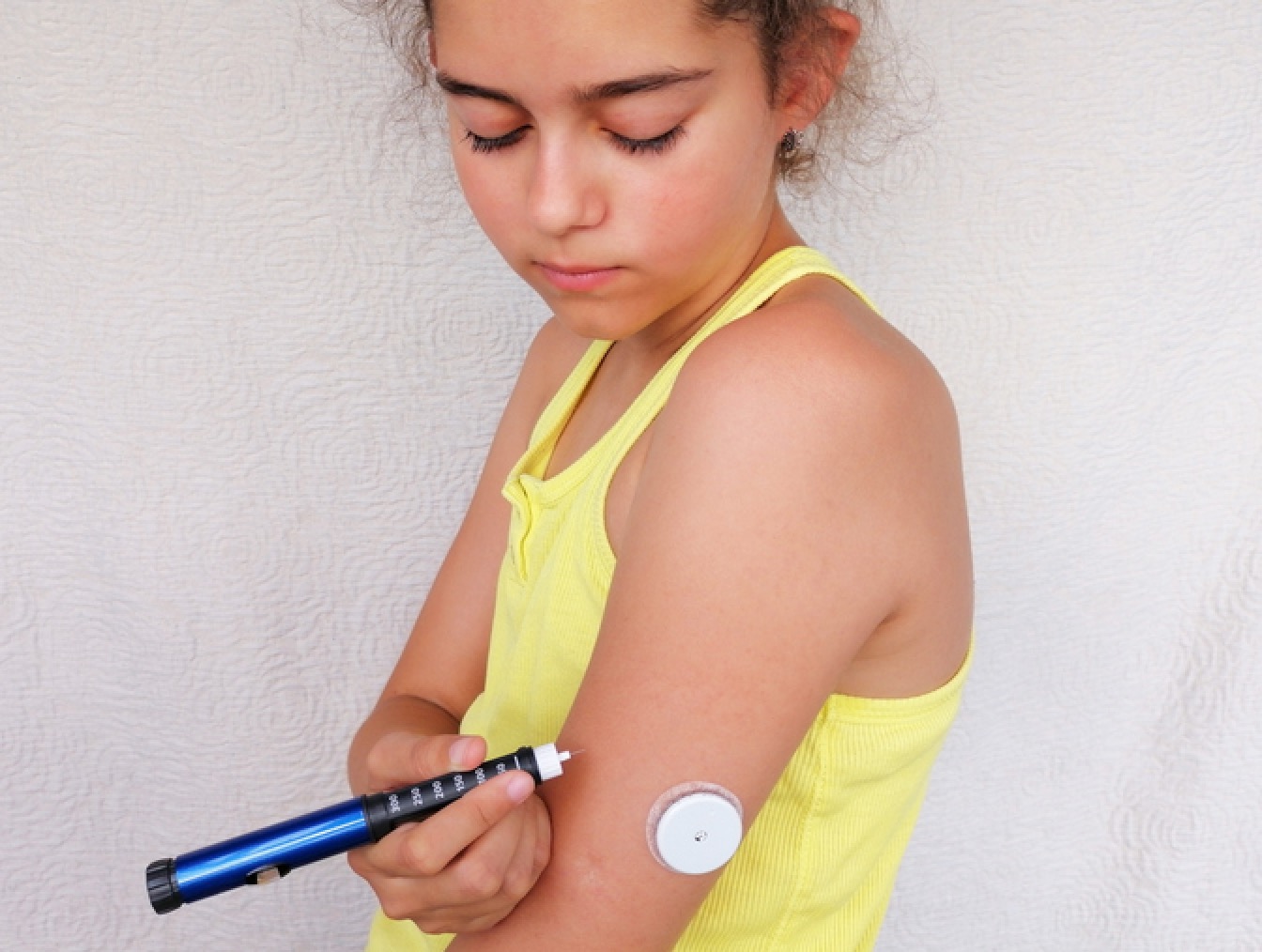Using Insulin in Type 2 Diabetes – Leveraging Technology
By Julia Kenney
 The conversation around innovations in insulin administration is typically dominated by research on type 1 diabetes. Fortunately, the field of research on insulin use for people with type 2 diabetes is growing and so are opportunities for type 2s to leverage new technologies to administer insulin.
The conversation around innovations in insulin administration is typically dominated by research on type 1 diabetes. Fortunately, the field of research on insulin use for people with type 2 diabetes is growing and so are opportunities for type 2s to leverage new technologies to administer insulin.
Over 30% of people with type 2 diabetes are on insulin therapy, however, 69% are not meeting the recommended A1C target of less than 7%. As the number of people with type 2 diabetes continues to grow, so does the need for better and more user-friendly ways to treat it. At this year’s ADA Scientific Sessions, several researchers discussed the role of diabetes technology in making insulin therapy easier, safer, and more effective for people with diabetes.
CGM and Time in Range can inform insulin dosing
A continuous glucose monitor (CGM) can be a valuable tool to help people with diabetes and their healthcare providers make adjustments to their dosing to improve insulin therapy. However, primary care providers often lack the time, support, or training to use CGM data effectively.
Dr. Thomas Martens, medical director of the International Diabetes Center, described the center’s new approach to basal insulin therapy, called “CGM Clinician Guided Management,” to help healthcare providers recommend insulin adjustments using a person’s AGP report. Specifically, the provider would make a recommendation based on whether someone has diabetes-related complications that warrant the use of a GLP-1 receptor agonist or an SGLT-2 inhibitor, and their Time in Range (TIR) and Time Below Range (TBR) percentages.
“We need to create systems of support for primary care providers so that people with type 2 diabetes can succeed,” Martens said, adding, “We need to create a new framework for diabetes management that moves beyond a visit limited to once every three months based on A1C.”
Smart pens
Dr. Viral Shah, associate professor of medicine and pediatrics at University of Colorado’s Barbara Davis Center for Diabetes, discussed the use of smart insulin pens to guide effective insulin therapy. Shah acknowledged that managing a basal insulin regimen can be difficult. In an analysis of several studies including over 58,000 people with type 2 diabetes in total, up to 30% of people with type 2 reported missing at least one basal insulin dose per month.
Additionally, evidence shows that missing bolus (mealtime) insulin doses can have a huge impact on A1C. According to one study, missing just 2 boluses per week can increase your A1C by 0.3-0.4%.
Smart insulin pens capture mealtime insulin data, keep track of insulin on board, and include a paired app with a bolus calculator. They have been shown to reduce missed bolus injections and increase TIR in people with type 1 diabetes..
While more research is needed on the impact of smart insulin pens on insulin dosing and health outcomes for people with type 2 diabetes, Shah recommends healthcare providers explore using smart insulin pens, especially for those who miss their insulin doses often, have a high A1C, or who have problems with hypoglycemia or insulin stacking (using too much insulin to correct a high).
Automated insulin delivery
Dr. Georgia Davis, assistant professor at Emory University’s School of Medicine, spoke about the use of automated insulin delivery (AID) in people with type 2 diabetes. AID has been shown to increase TIR in people with type 1 diabetes compared to using an insulin pump and CGM. Although research on AID use in type 2 diabetes is limited, it may benefit those with T2D in the following populations:
-
AID may improve glucose management in people with type 2 diabetes who are hospitalized.
-
AID increases TIR without increasing hypoglycemia risk in people with end-stage kidney disease.
-
AID is associated with a reduction in time above range, without increasing insulin requirements or causing weight gain.
More research is needed on the benefits of diabetes technologies to monitor and administer insulin in people with type 2 diabetes. However, Davis was optimistic about the future of type 2 insulin therapy using AID, which she describes as “the best hope for optimal insulin management in type 2 diabetes.”








